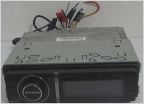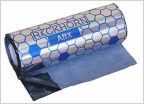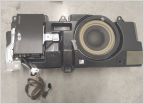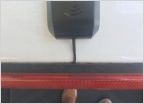-
Welcome to Tacoma World!
You are currently viewing as a guest! To get full-access, you need to register for a FREE account.
As a registered member, you’ll be able to:- Participate in all Tacoma discussion topics
- Communicate privately with other Tacoma owners from around the world
- Post your own photos in our Members Gallery
- Access all special features of the site
Demerbox and Trekpak DIY
Discussion in 'Audio & Video' started by C0d3M0nk3y, Sep 22, 2019.


 Anyone have a Kenwood 954/994?
Anyone have a Kenwood 954/994? System help
System help What OHM is best
What OHM is best Sirius XM antenna
Sirius XM antenna I drive alot time for a new sound system! Order placed here we go!
I drive alot time for a new sound system! Order placed here we go! Pioneer 6600 nex front camera wiring
Pioneer 6600 nex front camera wiring











































































